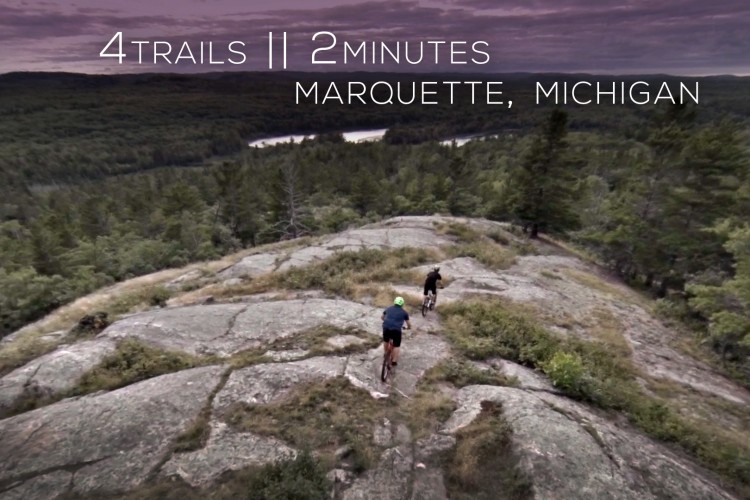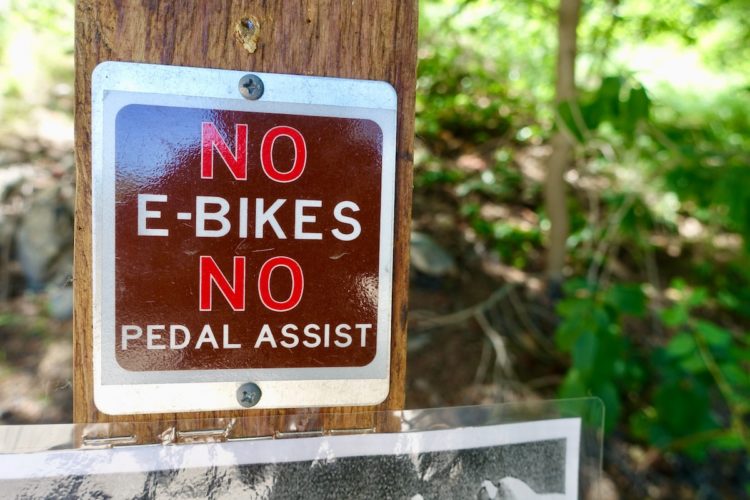This is my third and final post covering the first everSouthern Mountain Bike Summit. In case you missed the first two posts, part one can be found here and part two can be found here.
The Take Away
I’ve been involved in MTB advocacy on the local level pretty much since I started riding a few years ago so I know that a lot of work goes on behind the scenes and that mountain biking is a lot more than just riding your bike in the woods. But I didn’t realize just how much work happens, and how hard people have fought for access to land and trails. It was really cool hearing the success stories from the people largely responsible for those successes. All great trails take a lot of work, and a lot of time, to become reality. Take the Coldwater Mountain project for example – people have been working on that for over a decade and not even a single foot of trail has been built yet!!

Some of the people responsible for the summit, from left to right: Karen Into (President, Pisgah Area SORBA), Liz McNamara (Vice President, Upstate SORBA), Tom Soret (IMBA Southeastern Regional Director), Robin Allen (SORBA Communications Director), and Walt Bready (SORBA Promotions Director)
Several presenters gave some really interesting statistics that local clubs can use as ammunition when fighting for access. Here are a few examples:
- Over 50% of children in the US are obese
- There are 1.5 times more mountain bikers than golfers in the US
- 1 in 5 Americans over the age of 16 ride a mountain bike
- Mountain bikers have 30% more voting power than voters aged 65 and above
- For every $1 spent on trails, $4 is saved on medical expenses
- 55% of trail users exercise more than before they had access to trails
- More useful statistics can be found from the Outdoor Industry Foundation and the Rails and Trails Conservancy
If you’re not involved in advocacy on at least some level you should be! Trails don’t build or maintain themselves you know. 🙂 Head over to the IMBA website to find out if there’s an IMBA club near you, or how to start one if there isn’t a club in your area. And if you’re not already a member of either a local club or IMBA, what are you waiting for? A basic membership with IMBA is only $30 -it’s the least you can do to give back to the sport you love so much.
Ride Report: Black Mountain
After the final session on Friday afternoon everyone headed over to Poppie’s Market and Cafe. From there we rode 2.3 miles on a scenic greenway trail, and then split into three groups. There wasa 4-mile ride for the beginners, the intermediate ride was 4.3 miles, and the expert ride was 9.3 miles. I did the expert ride, and we rode an oldPisgah classic: Black Mountain. After we split off from the intermediate ride we regrouped at some horse stables before starting the big gravel road climb up Clawhammer Rdto get to the trail. Todd Branham, owner of Blue Ridge Adventures, was our ride leader, and he told us “You’re about to do most of your climbing right here. Once you get over this steep pitch the rest is easy. This will gain about 1200 ft in 3 miles.” He wasn’t kidding, we were about to go up, up, and away!
Lucky for me, a friend let me borrow his Yeti 575 for the weekend. On this climb I was extremely thankful for gears! Even with the lowest gear ratio I can set up on my singlespeed I’d have been walking that whole climb. It was steep, and it never seemed to end. I got dropped pretty quickly by all the locals and people used to doing those big climbs. Thankfully, I wasn’t the slowest person – several others were way behind me.
After the first few miles of stupid-steep climbing the road leveled out some. We kept going up for a few more miles but it was a much more mellow grade. One of the redeeming values of the climb is the great view on the way up. Once we got to the top of the road there was a little more climbing to do, but now on technical singletrack. I walked it all. I probably could have ridden it, but I was exhausted aftermore than an hour of climbing andonce the people in front of me stalled and stopped, so did I. After a minute or so of walking we were at the top – it’s all downhill from here!
The downhill was intense. The top section was steep, with tons of roots, rocks, and water bars. Drop after drop after drop. I stopped after a few minutes and lowered the seat on the Yeti. The rest of the downhill was a lot more fun without the seat in the way. Part of the way down the trail changes from steep and technical to mellow and fast. Big sight lines and huge 6 ft tall berms meant you could stay off the brakes and absolutely fly! This is mountain biking at its finest.
At the bottom we regrouped and then rode back to Poppie’s on the greenway. At Poppies there was something mountain bikers love, maybe even more than trails: good food! I got a bison burger and downed it faster than I knew I even could. It was the perfect way to end a great ride.
The End
This wraps up my coverage of the first ever Southern Mountain Bike Summit. I hope you enjoyed it, and I hope it encourages you to get involved with your local club, and to attend events like this. It’s pretty cool being in the same room as all the people responsible for the great riding spots in your part of the country, hearing how they made it happen, and how you can do the same in your town.
Big “Thank You!” and “Job Well Done!” to all the organizers and presenters. Everything went off without a hitch, and all of the presentations were really well done.

Regrouping at the bottom of the downhill. Everyone had a great time.




















